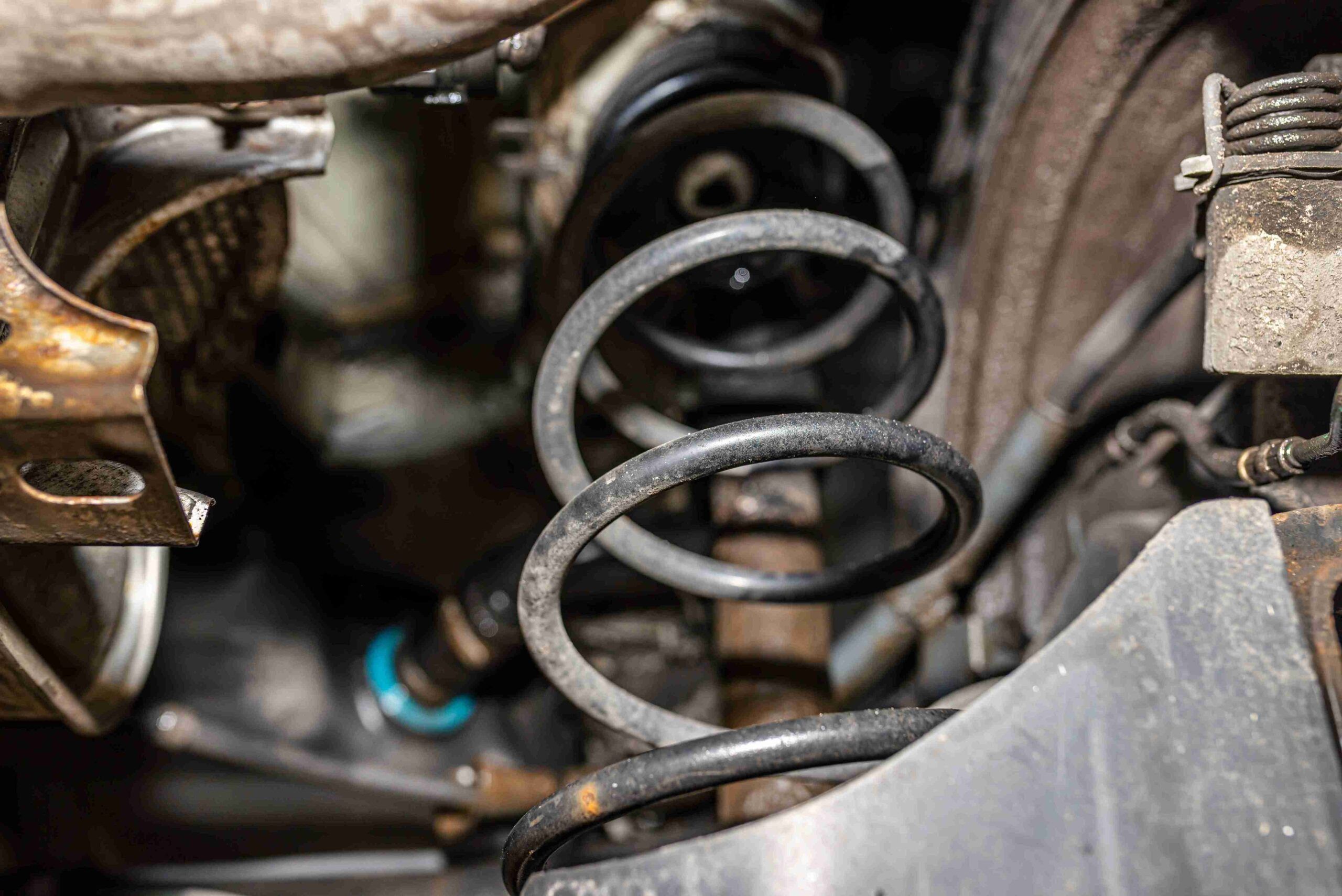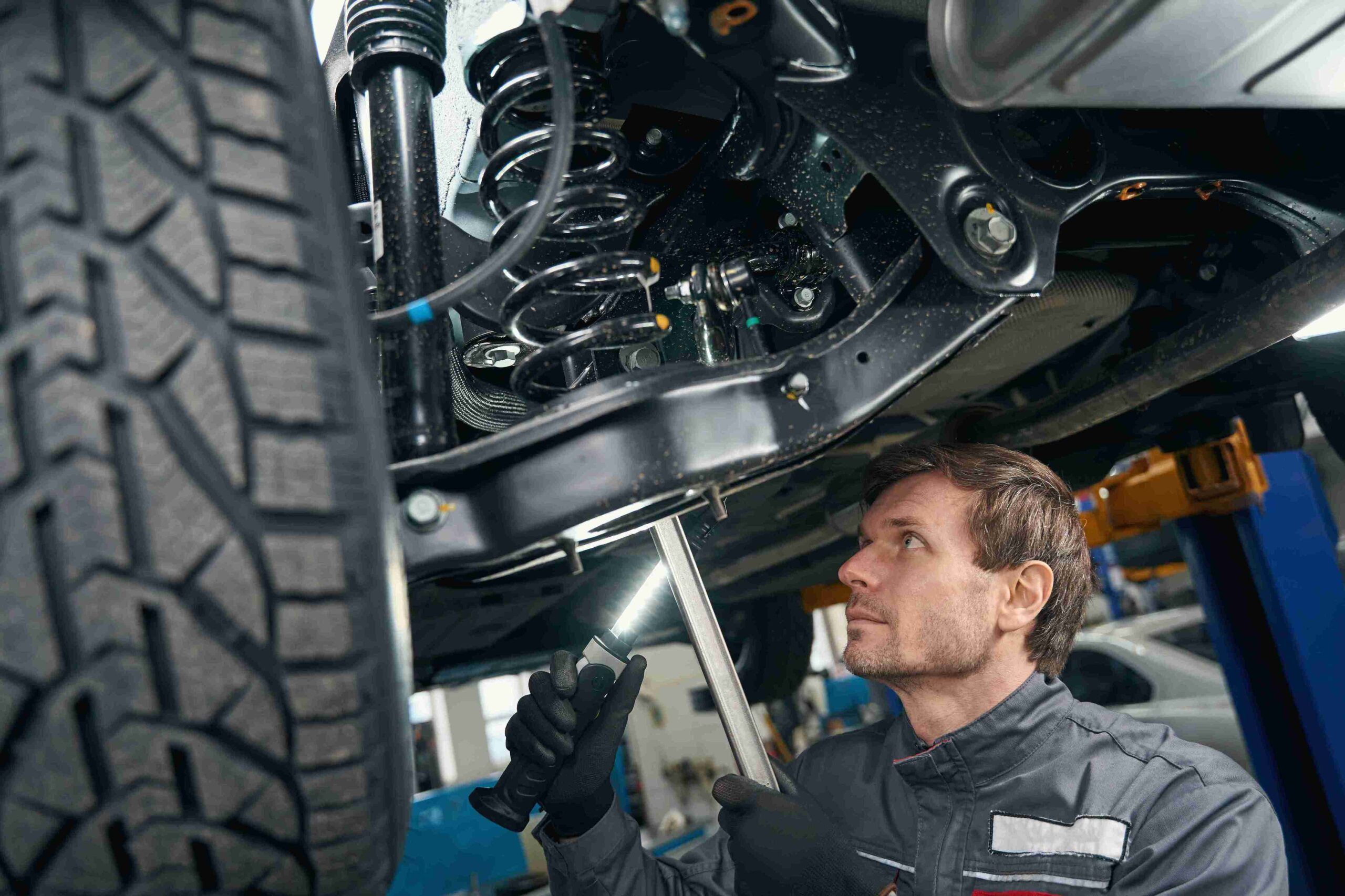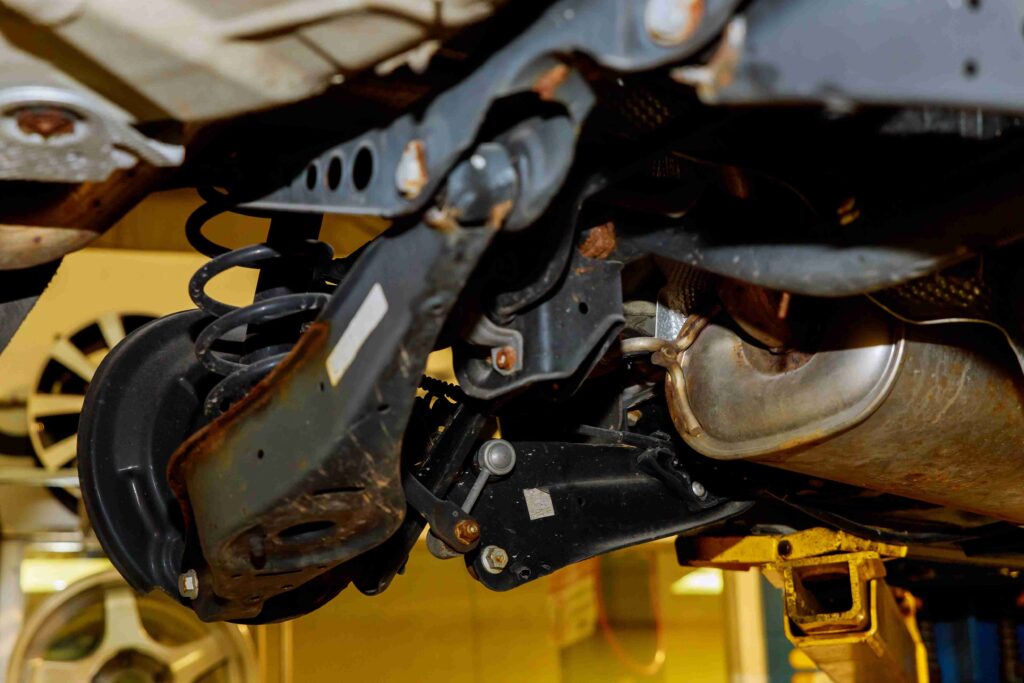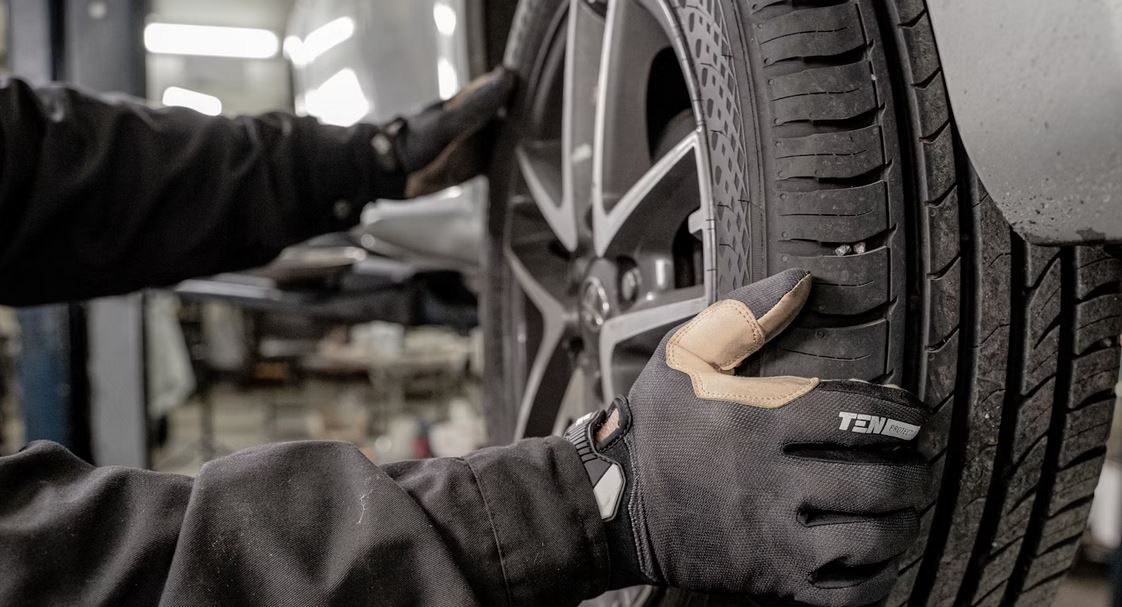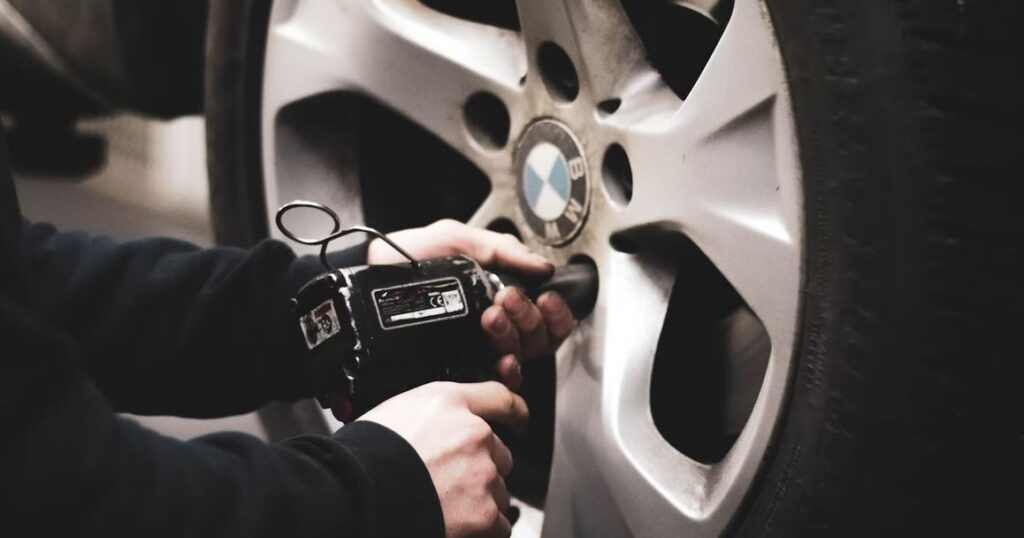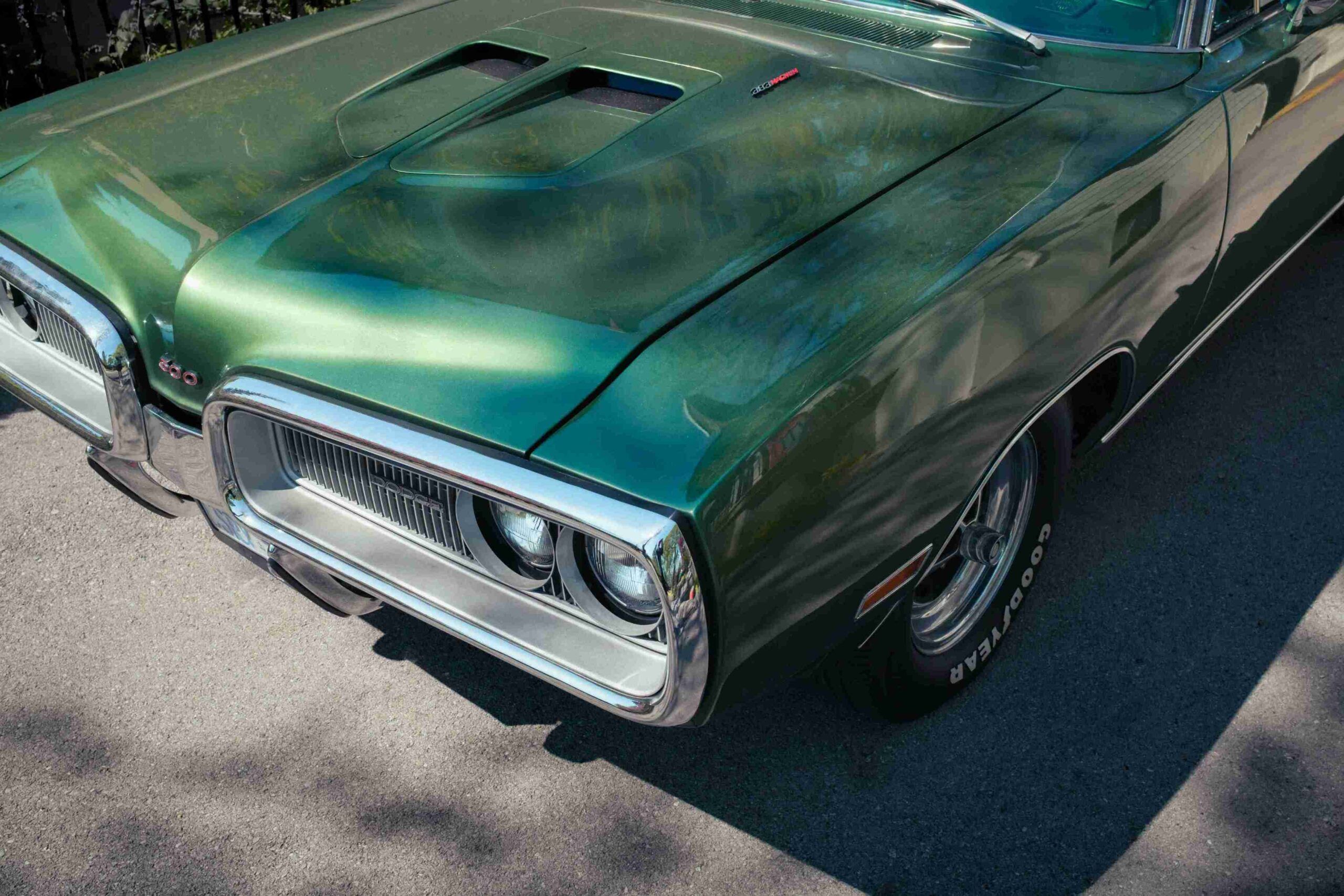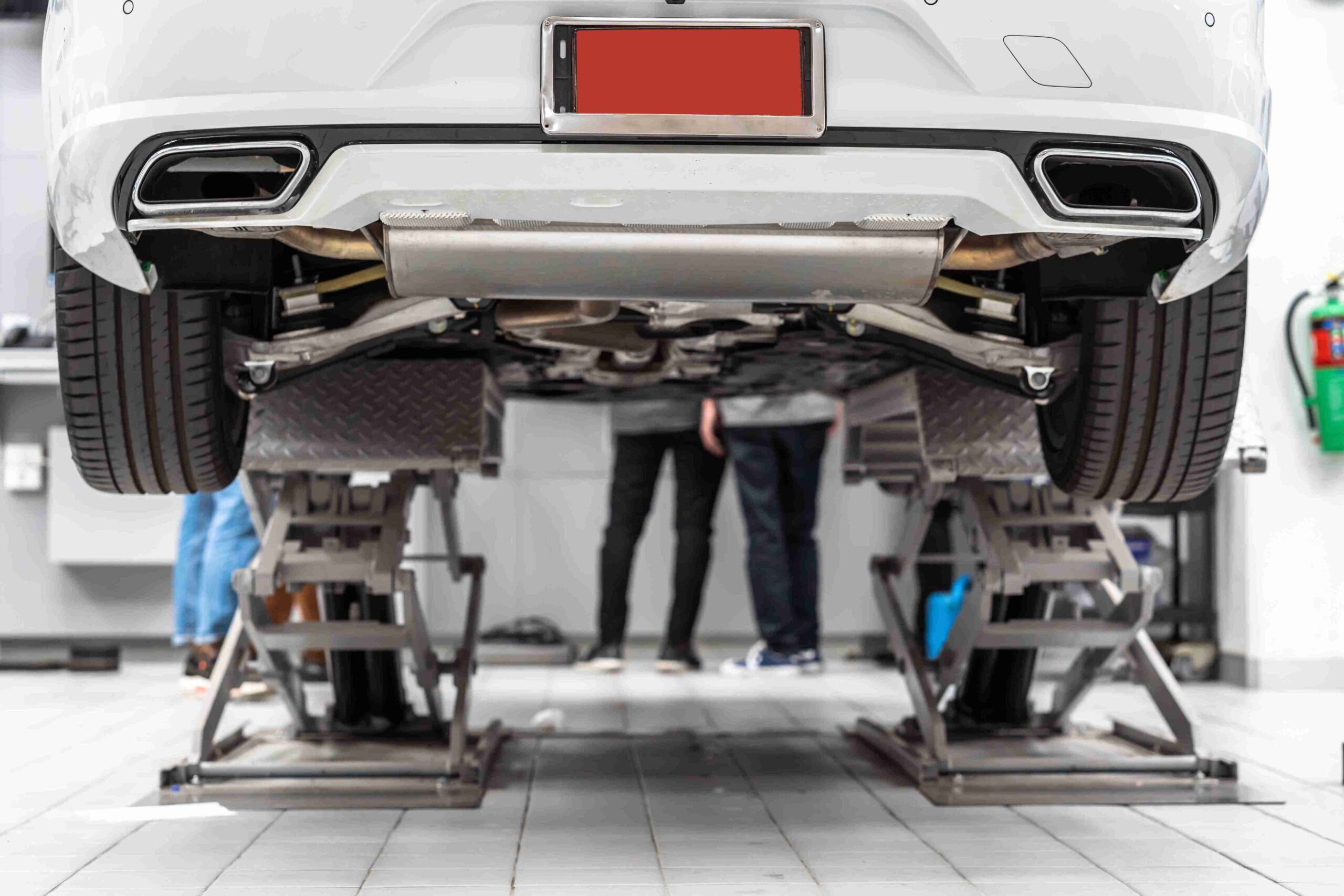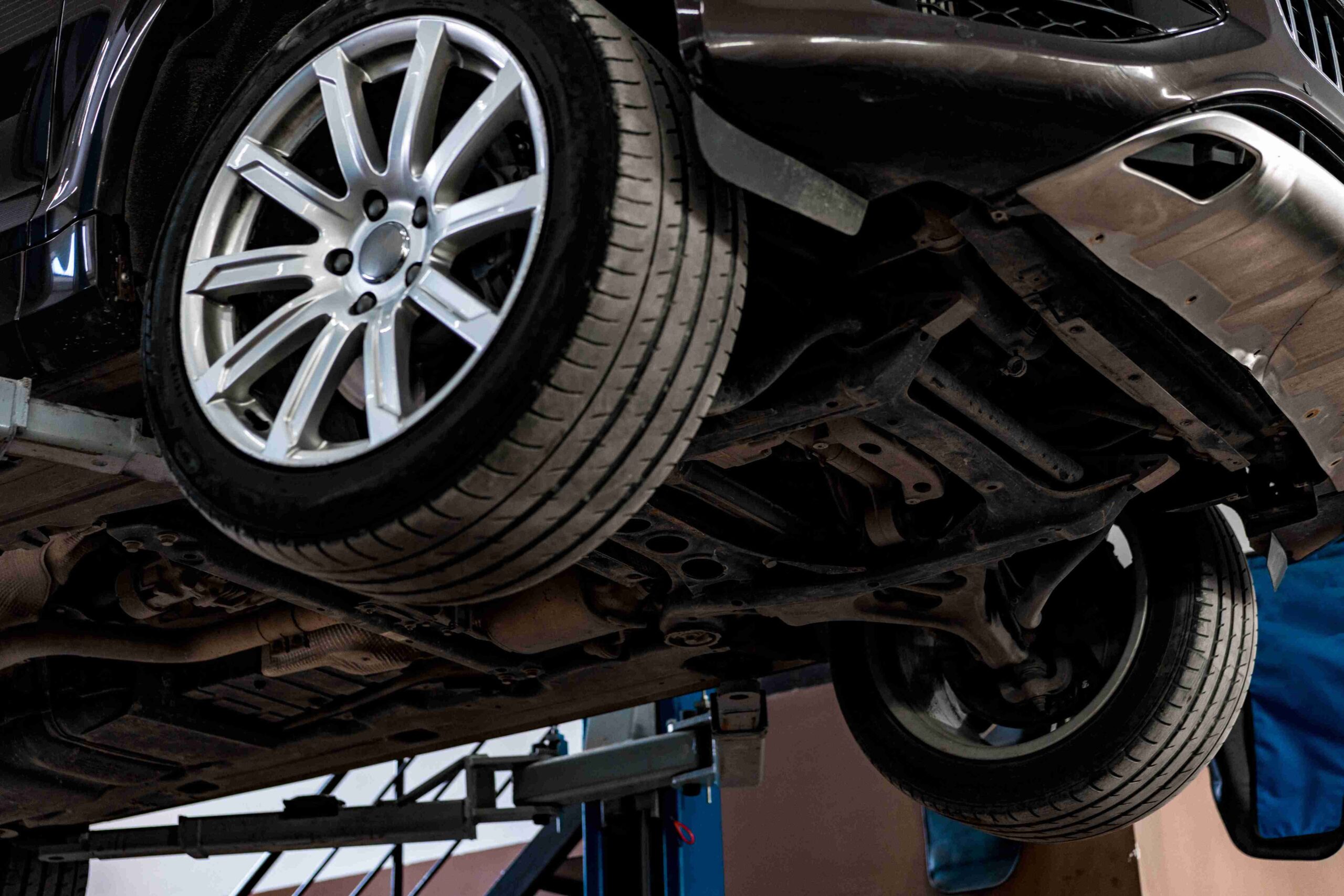Do Suspension Springs Wear Out? (Solved)
Ever hit a pothole and feel like your car took it a little too personally? Or maybe your ride just doesn’t feel as smooth as it used to?
That could be your suspension trying to tell you something.
Suspension springs keep your drive comfortable and controlled. They help support your car’s weight, absorb bumps, and keep everything balanced. But they don’t last forever.
In this post, we’ll explain if and when suspension springs wear out, and what to watch for if something seems off.
Yes, Suspension Springs Wear Out
Suspension springs are tough. They’re built to handle thousands of miles of bumps, turns, and stop-and-go traffic. But like anything under constant stress, they don’t last forever.
Over time, the metal weakens. Springs can sag, lose tension, or even snap.
Even though they don’t wear out as fast as shocks or struts, they’re still moving every time your car does. They carry the weight of the vehicle and help absorb road impacts.
That constant pressure takes a toll, especially if you live in an area with potholes, salted roads, or lots of hills.
So, yes, suspension springs will wear out.
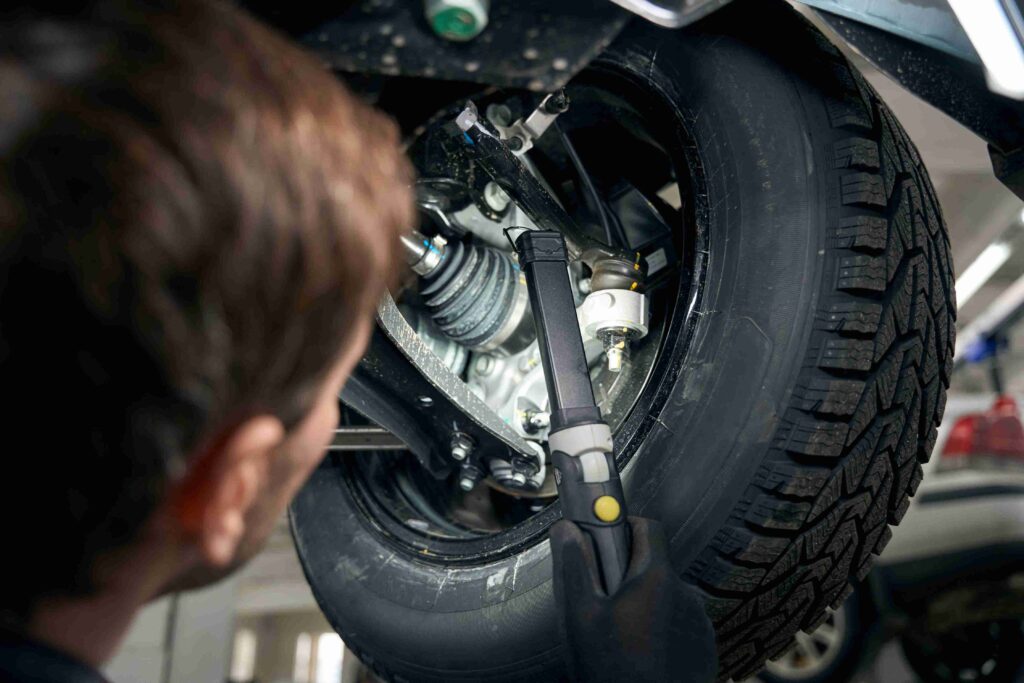
Also Read: Car Suspension Repair Costs
How Long Do Suspension Springs Last?
There’s no magic number, but most suspension springs last at least 100,000 miles under normal driving conditions. Some make it well past that. Others don’t even hit 80,000, especially if your car regularly carries heavy loads or drives over rough roads.
Your environment matters too.
If you live somewhere cold and snowy, the salt on the roads can cause rust, which weakens the springs faster. If you’re in a warmer climate with smooth highways, they’ll probably last longer.
Plus, your driving style affects this as well. Aggressive turns, slamming over speed bumps, or off-road driving will wear them out sooner.
Basically, the harder your car works, the quicker those springs wear down.
Signs Your Suspension Springs Might Be Worn Out
You don’t need to be a mechanic to spot a worn suspension spring. Here are a few signs that something might be up with your suspension springs:
- One corner of your car looks lower than the others
- The ride feels rougher or bouncier than usual
- You hear clunking or creaking noises when going over bumps
- Steering feels loose or floaty
- The car pulls to one side while driving
Sometimes the signs are subtle. Other times, it’s obvious. If your car suddenly dips or bounces like crazy after hitting a pothole, that’s a big red flag.
Also Read: Creaking From Front Suspension
What Happens If You Ignore A Worn Suspension Spring?
Ignoring a worn spring doesn’t just make for a bad ride – it can mess up the rest of your car too. Here’s what can happen:
Uneven Tire Wear
Your suspension helps keep everything level so your tires stay in solid contact with the road.
When a spring starts sagging, it throws off the balance. That means certain parts of your tires carry more load than others.
Over time, you’ll start to see uneven tread wear on the inside or outside edges of the tires.
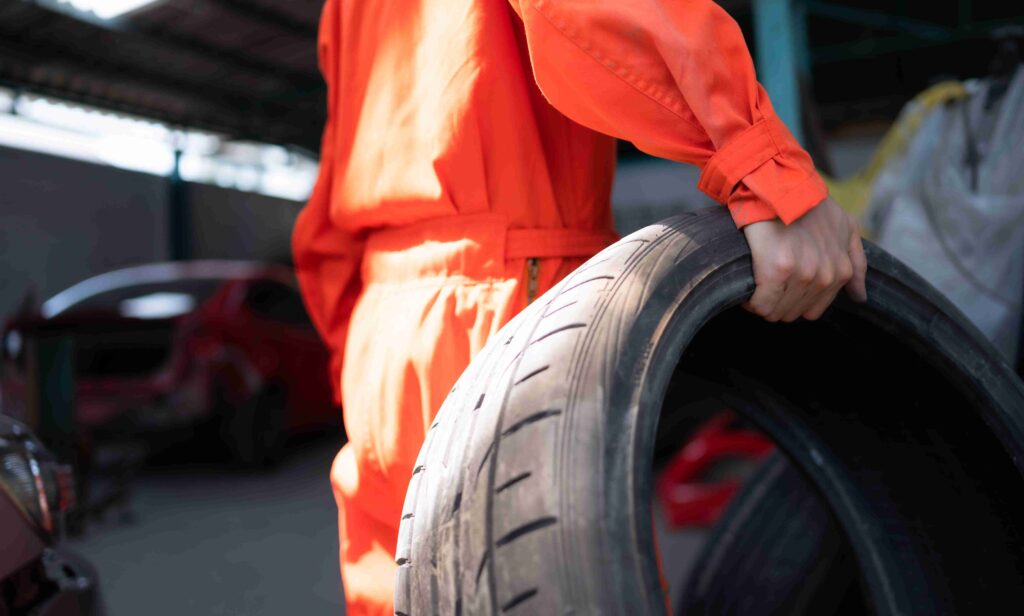
This kind of wear not only shortens the life of your tires but can also mess with your alignment and cause annoying vibrations while driving.
Poor Handling
Handling is all about control, and worn suspension springs can mess with that fast.
Your car may feel loose or unstable during turns. It might sway, lean, or feel delayed when you move the steering wheel. You may also notice a bit of bounce after going over bumps, like your car is still reacting even after the road is smooth again.
That bounce is the spring not absorbing impact the way it should.
When this happens, you lose some of the grip between your tires and the road, especially in corners or during sudden maneuvers.
Also Read: How Much Does Car Frame Damage Repair Cost?
Damage To Other Parts
A worn-out spring puts extra stress on everything around it.
The rest of your suspension system, including your shocks, struts, and even control arms, has to work overtime to compensate for the failing spring.
Over time, that extra workload can wear those parts down faster than normal. You might start hearing clunks, creaks, or notice leaking from nearby components.
Left unchecked, this can turn a simple spring replacement into a much more expensive full-suspension job. In some cases, a collapsed spring can even cause rubbing against brake lines, tires, or the car’s frame – none of which are good news.
How Much Does It Cost to Replace Suspension Springs?
The cost depends on your car, where you live, and which springs need replacing.
On average, you’re looking at anywhere between $200 to $500 per spring, including labor. Some cars like luxury models or trucks can cost more.
If you’re replacing both springs on one axle (which most shops recommend), it could be double that. Rear springs tend to be cheaper than front ones, but not always.
Also, if your suspension is complex or the mechanic has to remove a lot of parts to get to the springs, labor costs will be higher.
And heads up: springs are often replaced alongside shocks or struts. So if those are also worn, your bill could go up.
Bottom Line
Suspension springs do wear out. They’re made to last, but they don’t last forever.
If your car feels off, sits weird, or starts riding like a roller coaster, it’s probably time to get them checked.
Catching the problem early can save you money, and keep your ride safer and smoother since worn suspension springs are just plain uncomfortable. You’ll feel every bump and bounce.
And in an emergency situation (like swerving or braking hard) you won’t have the control you need. So don’t wait until it’s clunking and bouncing all over the place.
A quick inspection now can help you avoid a costly repair later.
FAQs
Can You Drive With A Broken Or Worn Spring?
Technically, yes. But it’s really not a good idea. A broken or badly worn spring can mess with your handling, reduce traction, and make the car unpredictable during braking or turning.
It also increases the risk of damaging your tires or suspension.
Should You Replace Springs In Pairs?
Yes, always. Replacing just one spring can throw off the balance of your car. Even if the other spring isn’t broken yet, it’s likely worn. Putting a fresh spring next to an old one creates uneven tension, which affects ride quality and control.
Mechanics almost always recommend replacing both springs on the same axle (both front or both rear) at the same time.

